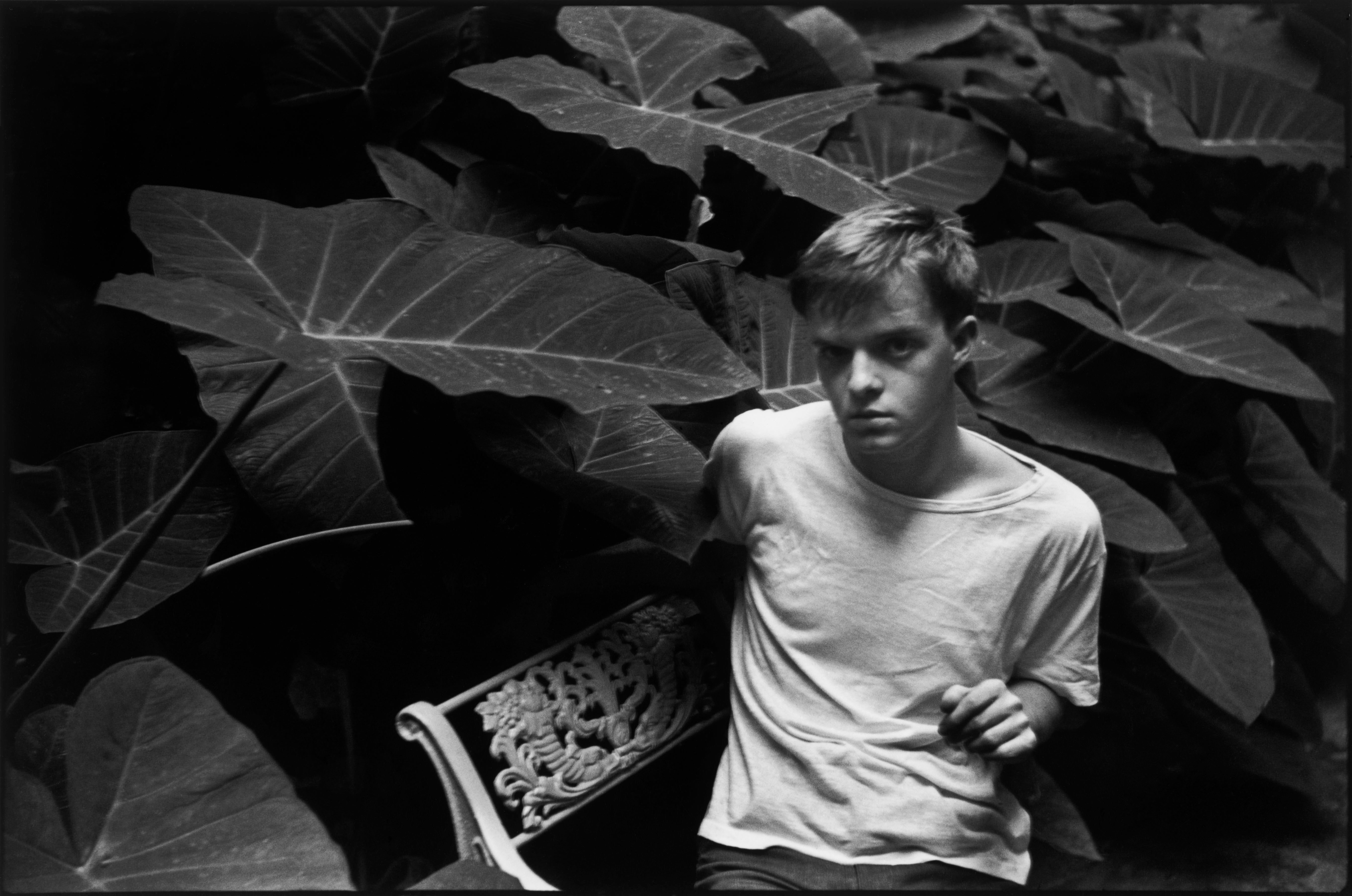Henri Cartier-Bresson - I knew him well
Fifty photographs taken by Cartier-Bresson are on loan to The Fine Art Society from his friend and dealer, Peter Fetterman

Your support helps us to tell the story
From reproductive rights to climate change to Big Tech, The Independent is on the ground when the story is developing. Whether it's investigating the financials of Elon Musk's pro-Trump PAC or producing our latest documentary, 'The A Word', which shines a light on the American women fighting for reproductive rights, we know how important it is to parse out the facts from the messaging.
At such a critical moment in US history, we need reporters on the ground. Your donation allows us to keep sending journalists to speak to both sides of the story.
The Independent is trusted by Americans across the entire political spectrum. And unlike many other quality news outlets, we choose not to lock Americans out of our reporting and analysis with paywalls. We believe quality journalism should be available to everyone, paid for by those who can afford it.
Your support makes all the difference.Fifty photographs by the father of photojournalism, Henri Cartier-Bresson (1908-2004), will go on show at the Fine Art Society in London next week. They include many of his most famous works including Coronation of King George VI (1937). It shows the crowds who waited all night in Trafalgar Square to catch the ceremony – a man is still asleep on the floor, cushioned by newspapers. Another photograph of a young Truman Capote, captures the writer sitting on an iron bench in New Orleans, in 1947 – by then he enjoyed the critical success of one short story, Miriam (1945).
Other highlights in the show include a portrait of a blind Henri Matisse holding a white dove that he is drawing from memory at his home, Villa le Rêve in France in 1944.
The photographs have been lent to the Fine Art Society by British-born, LA-based Peter Fetterman, friend and dealer for Cartier-Bresson, who worked with the photographer for more than 14 years. He owns 200 prints in total. “I have the Cartier-Bresson bug.” He maintains that Cartier-Bresson “transcended greatness” and “is in a class of his own”.
“Many of the more obscure images in the show were personal requests, little ‘gems’ in his body of work that he had never printed and signed before as collector prints,” says Fetterman. “Including images of the Bolshoi Ballet he took at the height of the Cold War.”
Fetterman first met Cartier-Bresson in Paris in 1992 when he started to sell his photos. They were introduced by Cartier-Bresson’s agent and became very good friends.
“I had to pinch myself when I first met him,” recalls Fetterman. “It was like meeting the Pope if you are Catholic.”
But he wasn’t intimidating. “He reminded me of Monsieur Hulot – very tall, kind of thin. What amazed me was his sense of humour, graciousness and his intellectual speed.”
His apartment in Paris was very modest. “I was impressed how humbly he lived – there was not a photograph of his in sight – just artworks such as a simple Matisse drawing on the wall.”
What makes Cartier-Bresson so great in Fetterman’s eyes is “the common humanity to all his photographs”. “He had the ability to connect immediately to all his subjects.”
Henri Cartier-Bresson, Decisive Moments, Fine Art Society, London W1 (faslondon.com), 6 to 29 October
Join our commenting forum
Join thought-provoking conversations, follow other Independent readers and see their replies
Comments